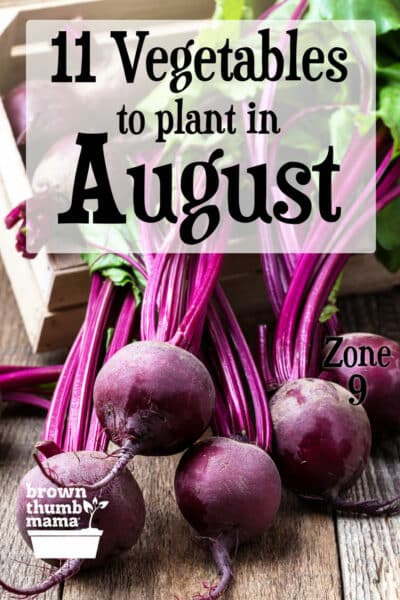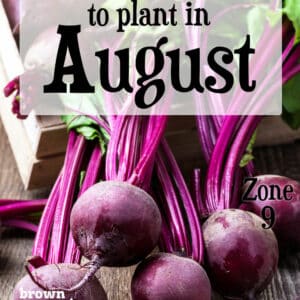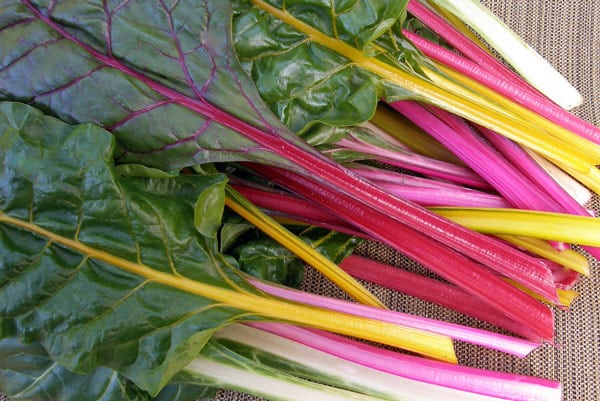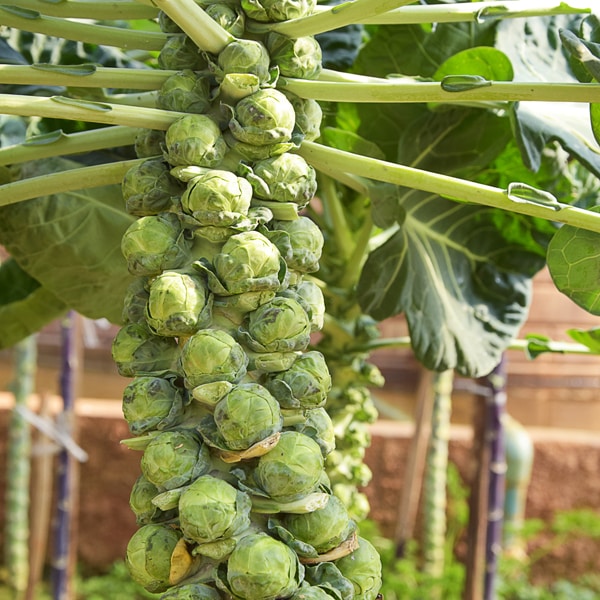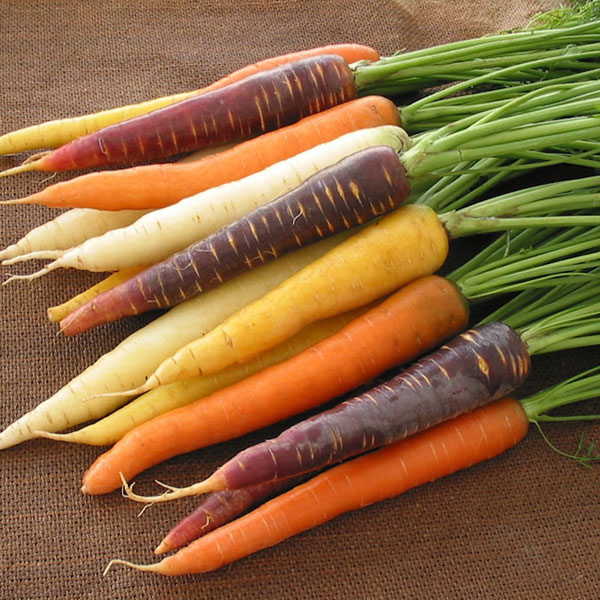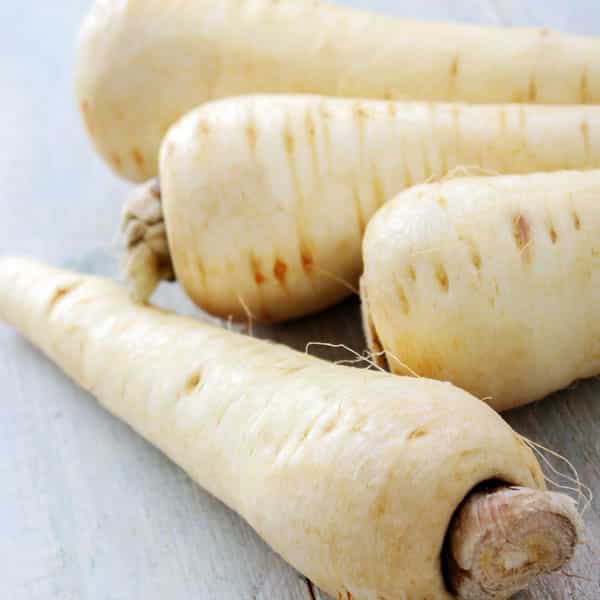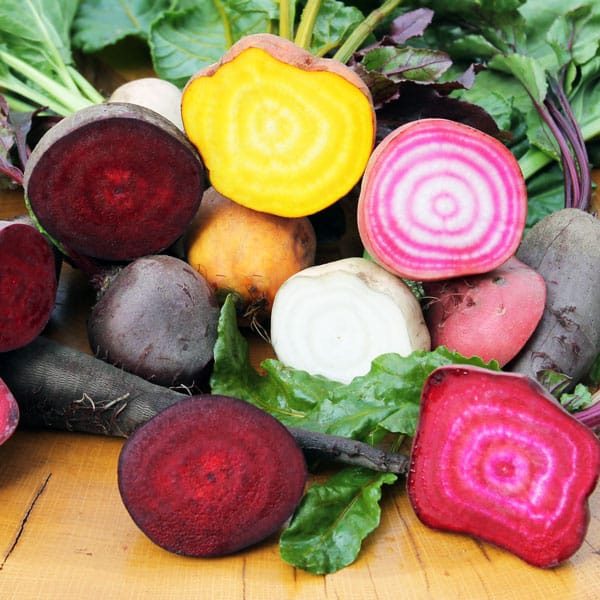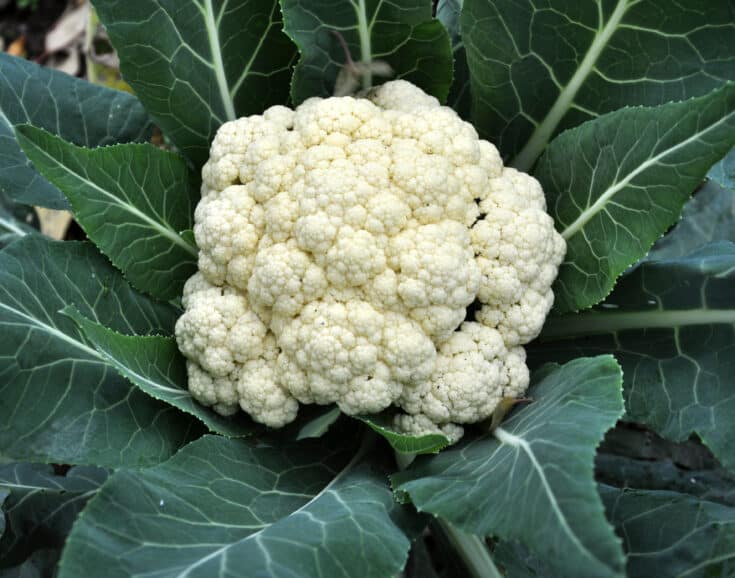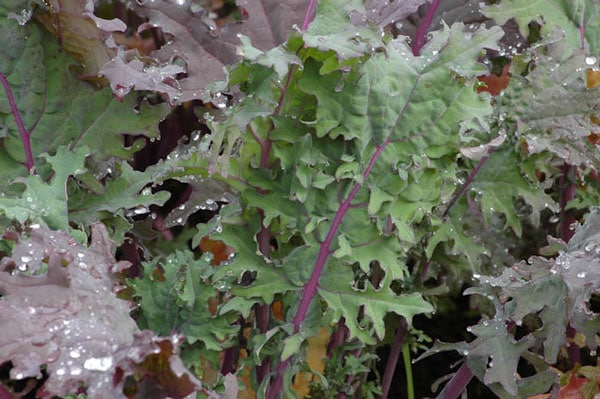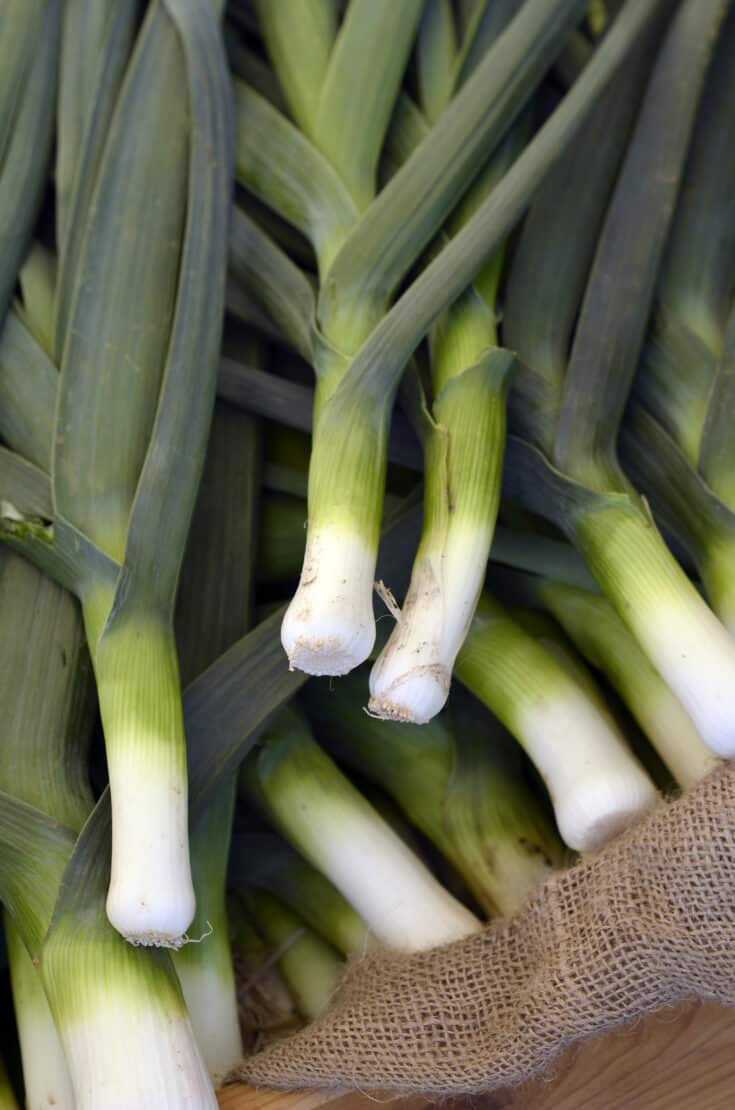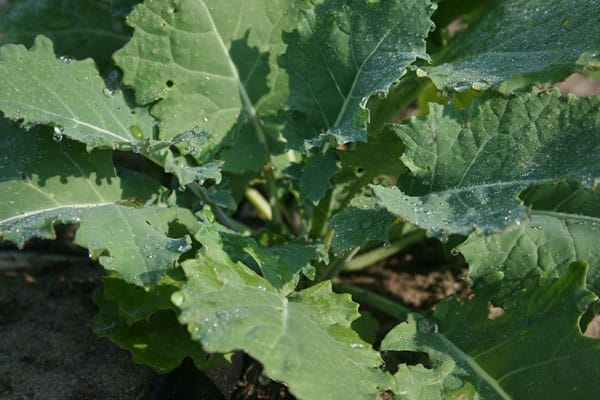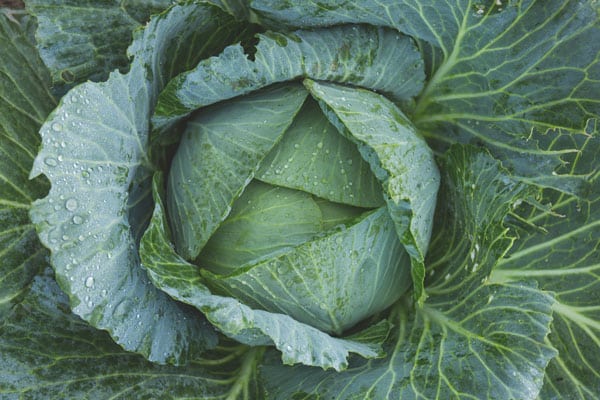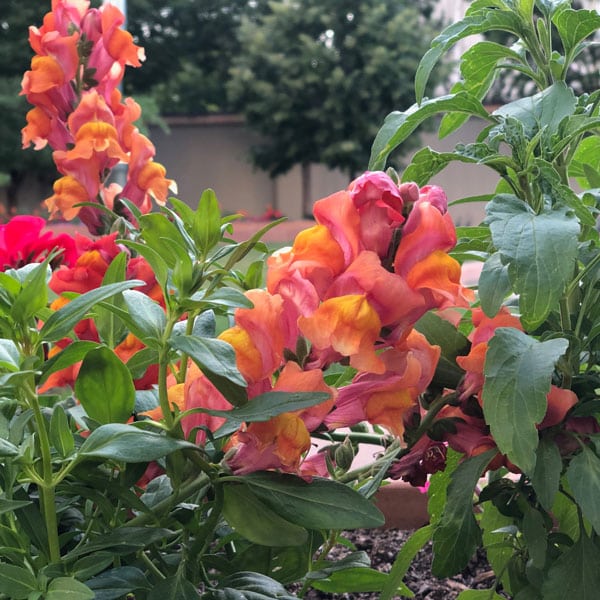This post may include affiliate links.
If you make a purchase, I'll earn a small fee at no extra cost to you.
There are lots of vegetables you can plant in August! Even though it’s hot outside, these vegetables can handle the heat and will give you a tasty harvest this fall and winter. Includes recommended varieties, planting tips, and recipes.
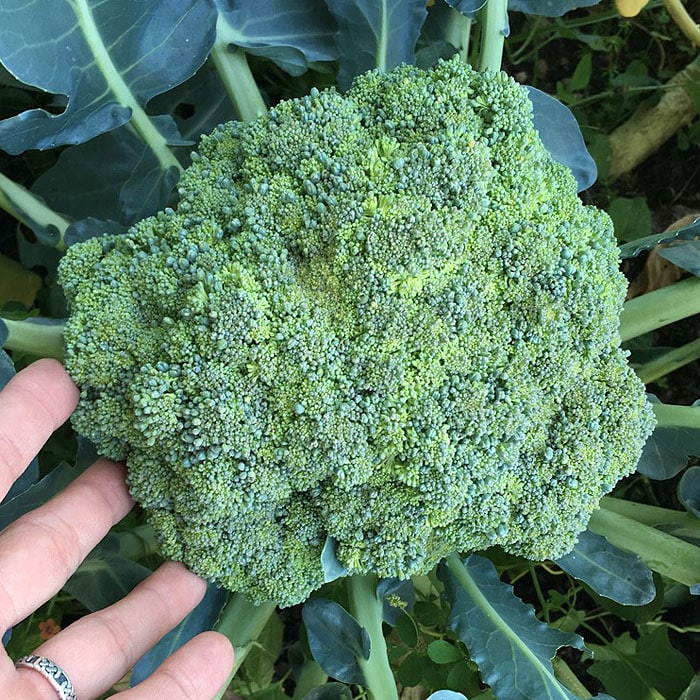
It’s August already…where has the summer gone? If you’re in the middle of canning up your garden’s bounty, you might not be thinking about what you can plant this month.
Good news! There are lots of vegetables that can handle the heat and give you a tasty harvest this fall and winter.
Are you a brand new gardener? Not sure what to plant or when to plant it? I can help.
You’ll find lots of great information in my new book, The First-Time Gardener: Container Food Gardening.
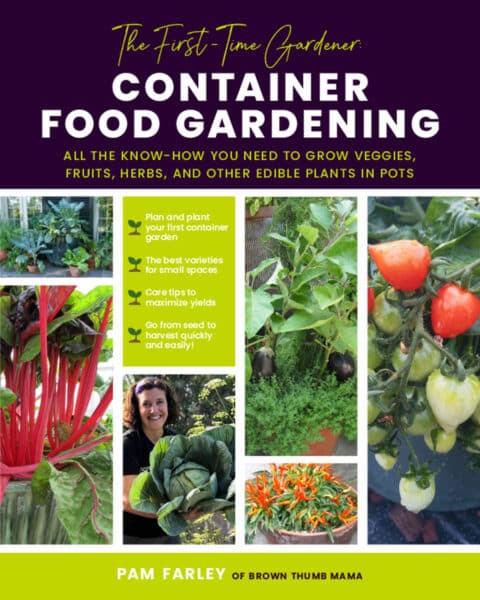
This planting guide for Zone 9 will give you 11 vegetables you can plant in August for a great harvest this fall. Let’s get started!
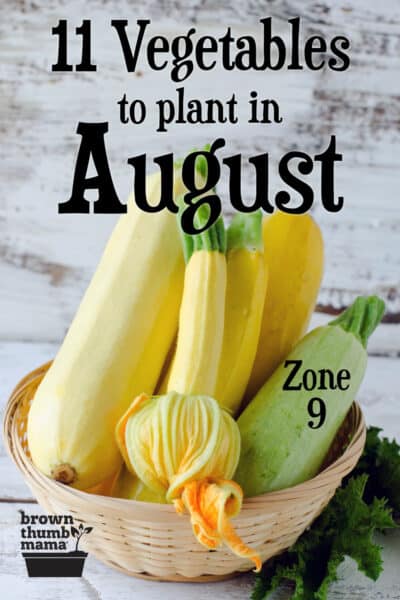
11 Vegetables to Plant in August
Chard is great for new gardeners. It grows vigorously, provides a continuous harvest, and can even survive the winter in mild climates. Ideal, right? Except that if you’re the only person in your family who likes to eat Swiss chard, you will quickly be overrun with it. Ask me how I know.
Varieties: Warnings aside, I like Bright Lights Chard and Five Color Chard because they’re both beautiful and colorful. You could even plant these as ornamentals in your front yard!
Planting: Direct seed in the garden this month, and you’ll be harvesting in October. Learn more about how to grow Swiss chard.
Recipe: I like to chop chard leaves into tiny bits and add it to Italian Meatballs or Homemade Fried Rice.
If you haven’t grown Brussels sprouts before, you are in for a treat. These “baby cabbages” grow on a single stalk like a tiny palm tree.
Varieties: Long Island Improved is my favorite variety. It's been a reliable producer since it was developed in the 1890s...yep, 130 years ago!
Planting: This month, start seeds indoors using DIY Seed Starting Mix, and transfer out to the garden in late September. Don’t worry if you get a cold snap before you harvest in January—a light frost actually improves their flavor.
Recipe: Brussels sprouts are so tasty when sauteed with sweet potatoes and bacon.
My goodness, who knew there are so many different kinds of carrots?!? Different colors, different shapes, and yes--slightly different flavors with each. You’ll probably want to try several different kinds.
Varieties: I like Carnival Blend carrots because of their unique colors, and Tonda di Parigi carrots for their adorable shape. Scarlet Nantes is my variety of choice for for traditional carrots.
Planting: Carrot seeds are tiny! You can either sprinkle them on the top of the soil and thin the carrots once they sprout, or use a seed dispenser to make sure they’re spaced properly.
Recipe: Enjoy your garden-fresh carrots in this easy Summertime Slaw recipe.
We call broccoli "happy little trees" as a tribute to Bob Ross. There's nothing like the sense of accomplishment you get from growing broccoli--they're definitely rare in home gardens.
Varieties: Broccoli Di Cicco is my favorite--it reliably produces large heads and then continues to produce smaller offshoots after the main harvest.
Planting: Start your broccoli seeds indoors using DIY Seed Starting Mix, and transfer out to the garden in September.
Recipe: Roasted Broccoli with Garlic and Parmesan is an easy recipe the kids will love.
Parsnips are persnickety…they’re hard to start from seed, but can’t handle being transplanted. This is why you don’t see parsnip seedlings at the garden center. Also, the seeds don’t keep from year to year, so you need to buy new seeds each year.
The reward for all this coddling is sweet, buttery parsnips. Roast them in the oven and you’ll see why I go to all the trouble to grow them.
Varieties: Gladiator parsnips have a good germination rate and grow up to 10 inches long!
Planting: Plant seeds ½ inch deep and 3-4 inches apart in loose soil, and water thoroughly through the growing season.
Recipe: Peel and cut into coins or half-moons. Toss with olive oil, RealSalt, and pepper; roast at 425F for 30-40 minutes.
Fresh beets are so much better than those awful canned things we had as kids. And did you know that beets are full of fiber, potassium, folic acid, and vitamin C?
Varieties: I like this Gourmet Blend because it includes 3 different types of beets: Detroit Dark Red with deep red roots and delicious dark green tops, Chioggia with interior rings of bright pink and white, and Golden with bright yellow flesh.
Planting: Plant seeds directly in the garden in August and harvest in October, when roots are between 1-3 inches in diameter.
Recipe: Instead of roasting or pickling your beets, try this delicious beet kvass.
Yes, everybody is turning cauliflower into stuff like pizza crust and rice, but it's still delicious roasted, with a splash of lemon juice.
Varieties: Snowball Y cauliflower is ready to harvest in just 75 days, so you'll be eating cauliflower before you know it.
Planting: Start your cauliflower seeds indoors using DIY Seed Starting Mix, and transfer out to the garden in late September.
Recipe: Cauliflower and Butternut Squash soup is perfect for a crisp fall day.
Lots of folks make fun of kale because it’s in everything. Kale chips, kale smoothies, kale salad...the list goes on and on. There’s a reason for this, though. One cup of kale contains more than your recommended daily value of vitamins K, A, and C. It also has lots of trace minerals, like copper, manganese, phosphorus, and selenium.
Varieties: I like Red Russian Kale, which you grow as a baby green. Cut the leaves after about 25 days and you’ll have tender, tasty kale. Then the plant will regrow for another harvest. Cool, right?
Planting: Plant seeds directly in the garden in August and you’ll be harvesting your first crop of baby greens in September.
Recipe: I like to chop baby kale finely and sneak it into a salad, or add it to Homemade Fried Rice or Baked Italian Meatballs.
Leek plants resemble a long, fat green onion. The white lower portion has a mild onion flavor, and the green tops are stronger tasting.
Varieties: King Richard Leeks grow quickly and are ready to harvest earlier than other types.
Planting: Direct seed in the garden, ¼ inch deep and 6 inches apart. Seedlings will sprout in 10-14 days, and you’ll harvest about 60 days after that.
Recipe: You can substitute leeks for onions in most dishes. Potato leek soup is a classic, and this version is made in the Instant Pot.
Don’t be afraid of collard greens! Collards are full of fiber, antioxidants, and Vitamins K and A. The large leaves are delicious when steamed, and they also make fantastic wraps (a low-calorie substitute for tortillas).
Varieties: I get my collard seeds from the good folks at Redwood Seeds.
Planting: Sow directly in the garden and allow 2 feet between plants. Collards are a cabbage that doesn’t form a head, so they need room to spread out.
Recipe: Pick the young leaves to add to your green smoothies, and let some leaves grow to add to hearty winter soups.
The biggest danger to cabbage (in my garden, anyway) is from critters like slugs and cabbage worms. Here's a neat trick I use to keep the bugs away from my precious crop.
Varieties: Copenhagen Market is my favorite cabbage to grow. It was developed in 1909 and is the standard for many varieties that were developed after it. It’s great for small gardens and container gardens.
Planting: Direct seed in August with 1-2 feet between plants, and start harvesting in late October.
Recipe: My favorite cabbage dish is so easy, you don’t need a recipe. Fry up diced bacon and onions in a pan. Then add chopped cabbage and stir-fry until the cabbage is just softened. Yum!
Start snapdragon and pansy seeds this month for a burst of color in the garden when the weather cools. I like Swiss Giant pansies and Magic Carpet Blend snapdragons.
Want to know what to plant every month?
Grab a copy of the Ultimate Beginning Gardener Bundle, which has loads of gardening information plus a monthly planting schedule for every zone in the U.S.
